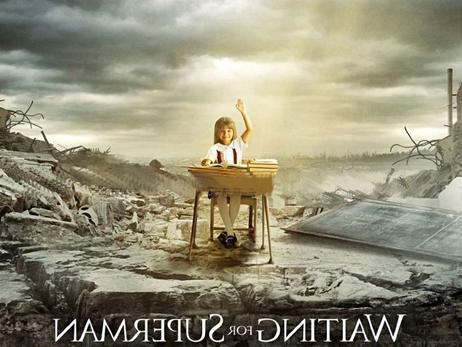Waiting for Superman is the latest documentary to be released into theatres. It depicts the current state of public education and offers recommendations from experts on how to improve a failing school system. This film precedes recent comments by President Obama on the importance of strengthening the quality of education in this country if we are to remain competitive in a global market.
Here is a trailer for Waiting for Superman.
It also comes when severe budget cuts, thanks to the recent economic slowdown, have strapped already cash-pinched schools even further, forcing them to cut additional programs and staff when the public school system is on the brink of disaster.
Waiting for Superman is the brainchild of David Guggenheim, the same documentary filmmaker who brought us "An Inconvenient Truth," the documentary that rocketed former Vice President Al Gore to Nobel Peace Prize status. Sheila Curran Bernard, associate director for documentary film studies at the University of Albany/SUNY, told USA Today, "What gives some of these films their power is not just the content, but also the craft. Imagine how dull 'An Inconvenient Truth' might have been if it were not shaped well."
Telling a Story
The same can be said of Waiting for Superman, a film that follows five families through the public school experience, according to a synopsis on the official movie website. It illustrates how the educational welfare of






















